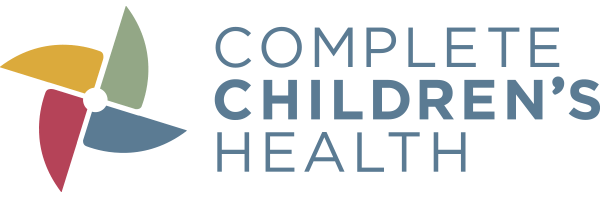I am going to continue my series on childhood safety by talking about a topic that has recently received some media attention. Unfortunately, the attention is due to a notable increase in infant deaths due to accidental suffocation. Thanks to the “Back to Sleep” campaign, sudden infant death syndrome (SIDS) has steadily decreased in the United States. However, the rate of accidental suffocation is on the rise. According to an article in Pediatric News, the rate of suffocation has quadrupled in the last 20 years to 27 deaths per 100,000 infants. This problem has become such an issue in Nebraska that in March of 2008, the Department of Health and Human Services issued an alert to medical providers urging them to discuss this topic with their patients. At that time, six infants had died in the first 3 months of 2008 due to bedsharing with an adult or other child. In the same alert, it was noted that since 2002 between one third and one half of infants with sleep associated deaths in Nebraska had been sleeping with an adult or child.
The increase in accidental suffocation related deaths is thought to be due to bedsharing. Bedsharing refers to the practice of keeping an infant in bed with their parent(s) or other family member. When an infant shares the bed with an older sibling or adult he/she may be rolled upon, could suffocate, or could become trapped in loose or soft bedding or between the mattress/couch and the wall or bed-frame. Some mothers may decide to keep the child in the bed with them when sleeping, as they feel it is easier to breast feed. As pediatricians, we strongly encourage breast feeding as this actually decreases the risk of SIDS and has many health benefits for moms and babies. It is important to remember, however, that although nursing in bed is safe, infants should be placed separate from the adult sleeping area after the feeding is complete and mom and baby need to rest. The American Academy of Pediatrics recommends that infants sleep in the same room with parents but not in the same bed. Infants sleeping in the same room as their parents are actually at a decreased risk of suffocation compared with infants sleeping in a different room.
Sleep options are available to keep infants close to their mother but also keep them safe:
- Keep the infant in a bassinet next to the bed.
- Keep the infant in a “co-sleeper” which attaches to the bed but has a separate and appropriate sleeping surface for the infant to lie on. Of note: the safety of co-sleepers has not been evaluated, and if they are used incorrectly, infants could potentially slip between the co-sleeper and the parents’ mattress, so care must be used when choosing/installing a co-sleeper.
- Keep the infant in a full sized crib in his parents’ room.
In addition to keeping your infant safe from accidental suffocation, keeping your baby safe from SIDS is important. Here are some guidelines:
- Babies should always be placed on their backs when sleeping.
- Do not overheat your baby. Babies should not wear hats to sleep once home from the hospital. They should wear a single layer cotton pajama or sleep sack. If swaddling, use thin cotton blankets. Do not swaddle older infants that can wriggle out of the blanket. If an infant is sweating, he or she is too warm. One study even noted that running a fan in the room to circulate the air helped, but if a fan is used, do not aim the air on the baby’s face.
- Nothing but your baby should be placed in the crib. No blankets, stuffed animals, or bumpers. Infants can become trapped in soft bedding or toys if they are placed in their crib/bassinet. Head positioners or baby positioners have not been tested for SIDS safety and should not be used even if they are advertised to “prevent” SIDS.
- Mattresses should be firm and fit snuggly in the crib/basinet so infants do not become trapped between the mattress and the crib walls.
- Smoking greatly increases the risk of SIDS. Smoking in the house or car, even when the child is not present, increases the risk of SIDS, because the smoke residue settles on surfaces the infant is exposed to like clothing, bedding, furniture, and flooring. The safest thing to do is to stop smoking, but if someone in the home continues to smoke, he or she should do so outside. Outside clothing should be taken off upon returning in side, and hands should be washed. Once again, the hazards to children due to second hand smoke are great, and it is always in the best interest of a child if parents and caregivers stop smoking.
- Some studies suggest pacifier use after a month of life decreases the risk of SIDS.
- Avoiding colds and viruses helps to decrease the risk of SIDS. Always have anyone around your baby wash their hands before handling him, and keep your infant away from individuals with cold symptoms.
For more information on this topic please see the following web sites:

